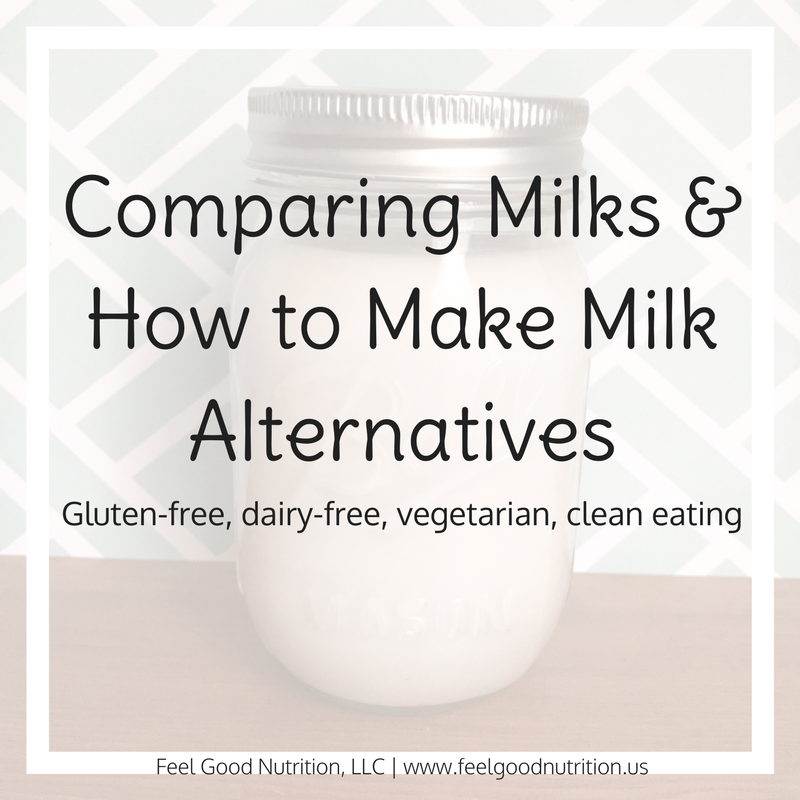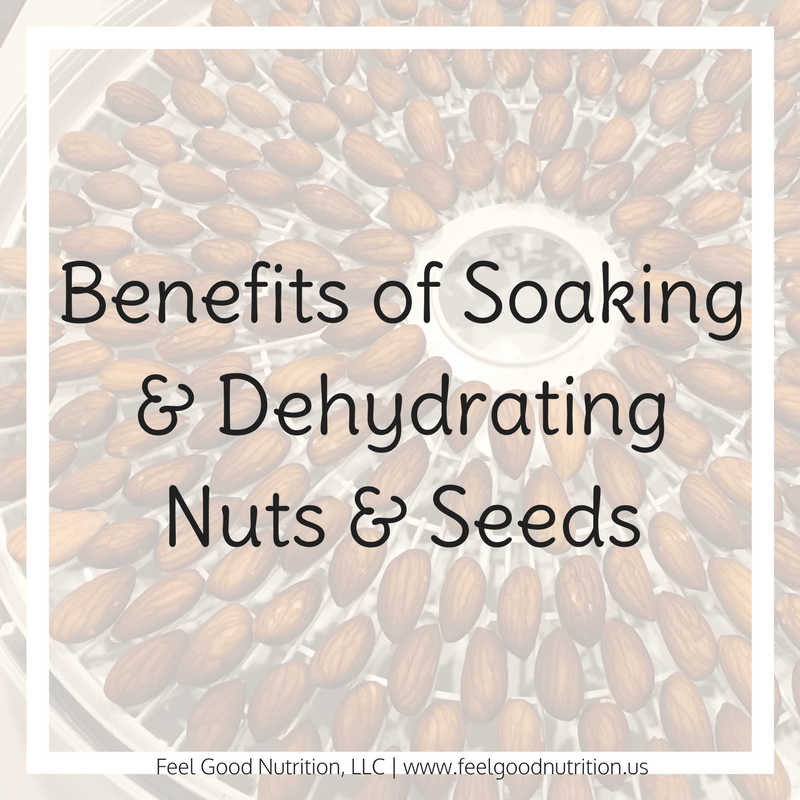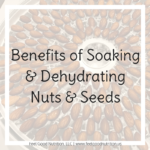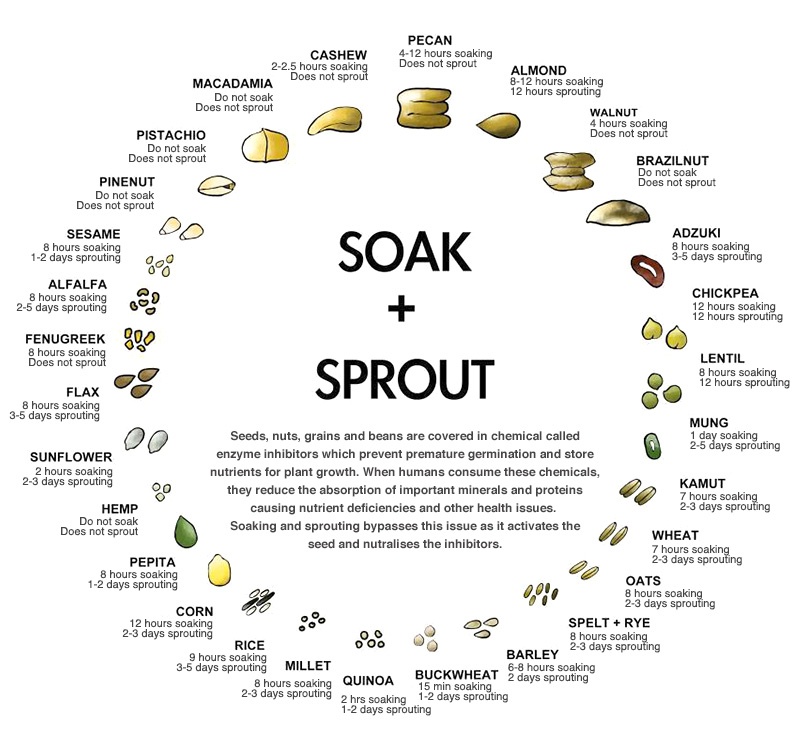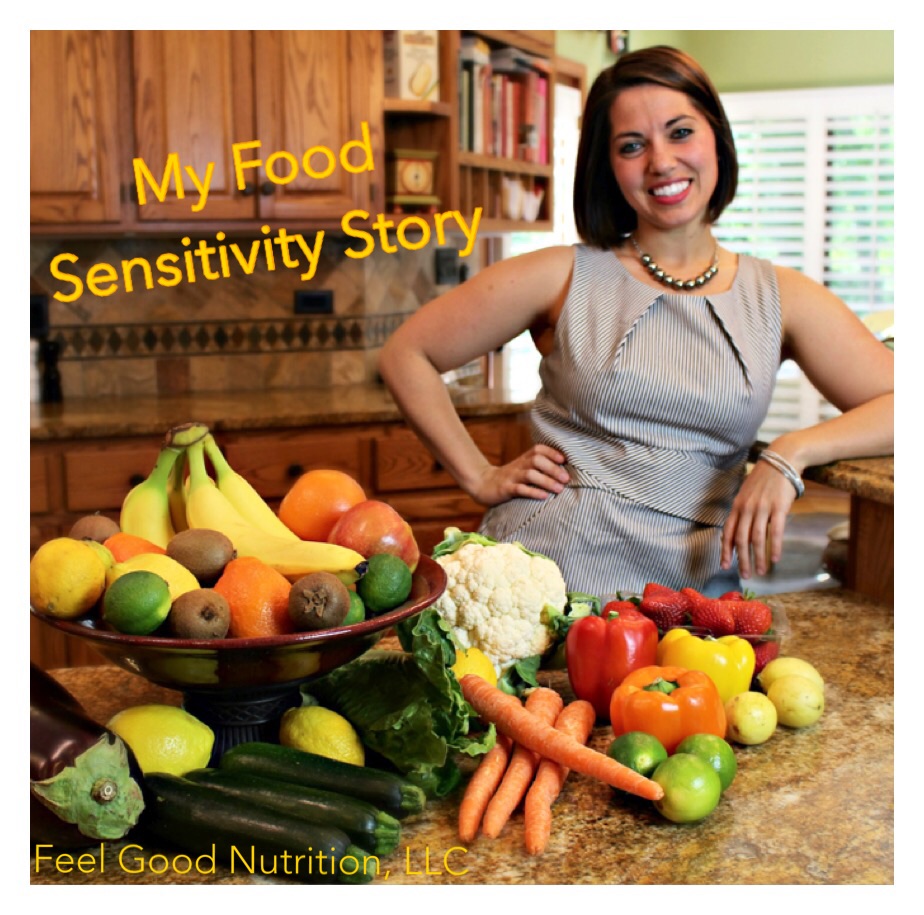 June is national dairy month so in the spirit of this month let’s take a look at the different milk options that are available. This is a big conversation with my food sensitivity clients and we really try to make milk out of pretty much anything! Even if you are not a milk drinker per say (like me) it is always nice to have a type of milk around for smoothies, baking and cereals.
June is national dairy month so in the spirit of this month let’s take a look at the different milk options that are available. This is a big conversation with my food sensitivity clients and we really try to make milk out of pretty much anything! Even if you are not a milk drinker per say (like me) it is always nice to have a type of milk around for smoothies, baking and cereals.
Before we started getting creative and blending up everything into milks we only had cow’s milk, well I guess goats milk too but that is not very common.
Cow’s Milk
Cow’s milk comes in many varieties: whole, 2%, 1%, skim (fat-free) and lactose-free. The component that makes each of them different is their fat content and therefore the calories as well.
Each type of cow’s milk has the same protein, calcium, vitamins and minerals however, choosing fat-free milk will affect the absorption of some of the vitamins that require fat (vitamins A, D, E and K).
Lactose-free milk is processed in a way that breaks down the lactose sugar that is found naturally in milk. It still has all of the nutrients listed above. About 65% of the population is lactose intolerant, meaning they do not make adequate amounts of the enzyme, lactase, to break down the milk sugar. Symptoms of a lactose intolerance include abdominal pain, bloating, flatulence, nausea, and diarrhea 30 minutes to 2 hours after consuming a lactose-containing product. For these people, lactose-free milk would be a great option.
Soy Milk
Soy milk is made from soybeans and water. It is a plant-based milk and therefore it is free of cholesterol and very low in saturated fat. It is naturally lactose free.
Soy is a controversial topic because of its estrogenic effects but the current thought is that it is still ok in moderate doses. I would limit to 1 serving of non-GMO organic soy per day but I have heard others say 2-3 servings per day.
Too much soy can be a problem for those with thyroid conditions and may prove harmful for women with a history of estrogen-receptor positive breast cancer. Other than that, moderate consumption of soy products are rich in Omega-3 fatty acids and can be part of a heart healthy diet.
There is a great recipe from Rasa Malaysia (hint: its only soybeans + water)
Don’t have time to make your own? Here are a couple brands that I recommend to make your lives easier ?. They are all made from whole, organic non-gmo soybeans and water.
- Westsoy organic unsweetened soy milk
- Edensoy organic unsweetened soy milk
- Pacific organic unsweetened soy milk
Almond Milk
Almond milk made from almonds and water. It is lower in calories than most other milks and also free of saturated fat. It is naturally lactose free.
Even though whole almonds are a good source of protein, almond milk is not a good source of protein or calcium.
Store bought almond milk often contains carrageenan, a thickener and emulsifier. Some studies have linked carrageenan to increased inflammation in the body and often stomach problems.
Since it is not recommended to buy the cartons of almond milk at the store, here is a very simple recipe from Danette May to make your own!
Coconut Milk
Coconut milk is made from unsulfured, unsweetened coconut meat and water. It is a plant-based milk however, it does contain more fat than other milk alternatives. It is naturally lactose free.
The type of fat found in coconut milk is medium-chain triglycerides (MCTs) which have gained in popularity over the past several years.
Just like other store bought milk alternatives, coconut milk often contains added thickeners and other ingredients like carrageenan which has its negative effects.
Making your own coconut milk is as easy as 1-2… that’s it! Wellness Mama has a great recipe that I use!
If you choose to skim off the fat from your coconut milk you can make it into a wonderful coconut whipped cream for dessert.
Rice Milk
Rice milk is made from rice and water. It has very little protein and fat but is higher in carbohydrates than the milk alternatives discussed above.
This is a good choice for those who are lactose intolerant and/or have allergies to milk, soy, or nuts.
Rice does contain higher levels of arsenic that is taken up from the soil while it is growing. Because of this it is not recommended to rely on only rice and rice products. Be sure to focus on consuming a variety of other grains throughout your day.
As with other store bought milks, you can expect to see added thickeners and preservatives to improve shelf life and consistency. For this reason it is best to make your own and it is very easy!
Money Saving Mom has a great recipe that helps you plan ahead so that you don’t have to cook rice every time you want to make your milk!
Other Milk Alternatives
If none of those sounds appetizing or work with your food sensitivities here are 9 other milks that you can make at home!
Resources:
My dietetic degree
https://ghr.nlm.nih.gov/condition/lactose-intolerance
https://www.healthyeating.org/Milk-Dairy/Nutrients-in-Milk-Cheese-Yogurt/Nutrients-in-Milk.aspx
http://www.pcrm.org/health/cancer-resources/ask/ask-the-expert-soy
https://www.drweil.com/diet-nutrition/food-safety/is-carrageenan-safe/
